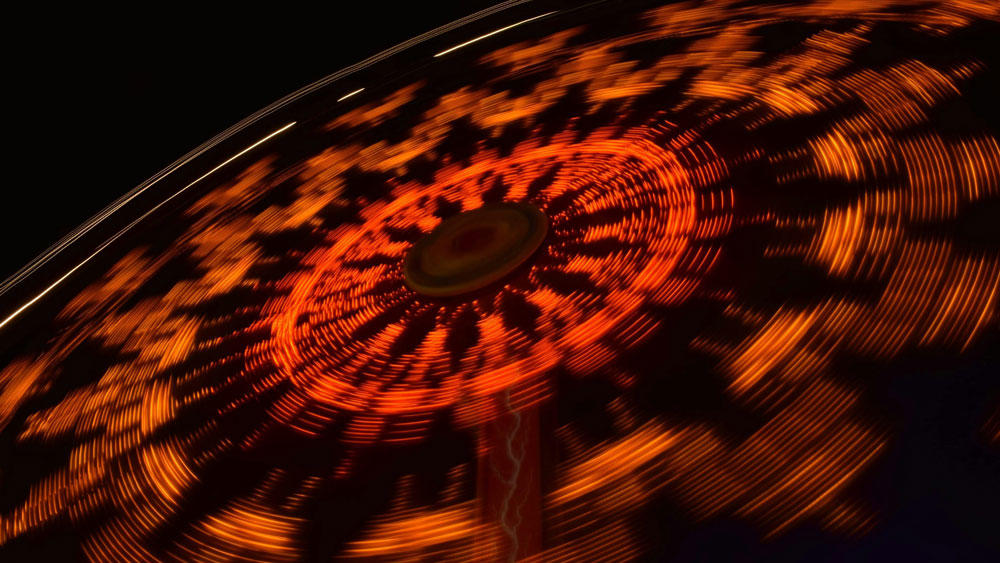There are endless variations in the dials used on mechanical dial indicators. In most cases, though, they can be broken down into two distinct styles: balanced and continuous. Let’s look at both.
|
ADVERTISEMENT |
With a balanced dial, the graduations around the dial represent the smallest value, or resolution, as marked on the dial face. The numbers on the indicator face are an aid in counting the value of the divisions, usually grouped by 10, but also representing 2, 5, or 20 steps around the dial.
In reading a balanced dial indicator, keep in mind that you are using a comparative indicating device, and the indicator reading usually means nothing by itself. The indicator reading must be added to or subtracted from the value of the reference or master to which the gauge was set.

Mahr Millimess 1022, balanced dial
…

Add new comment